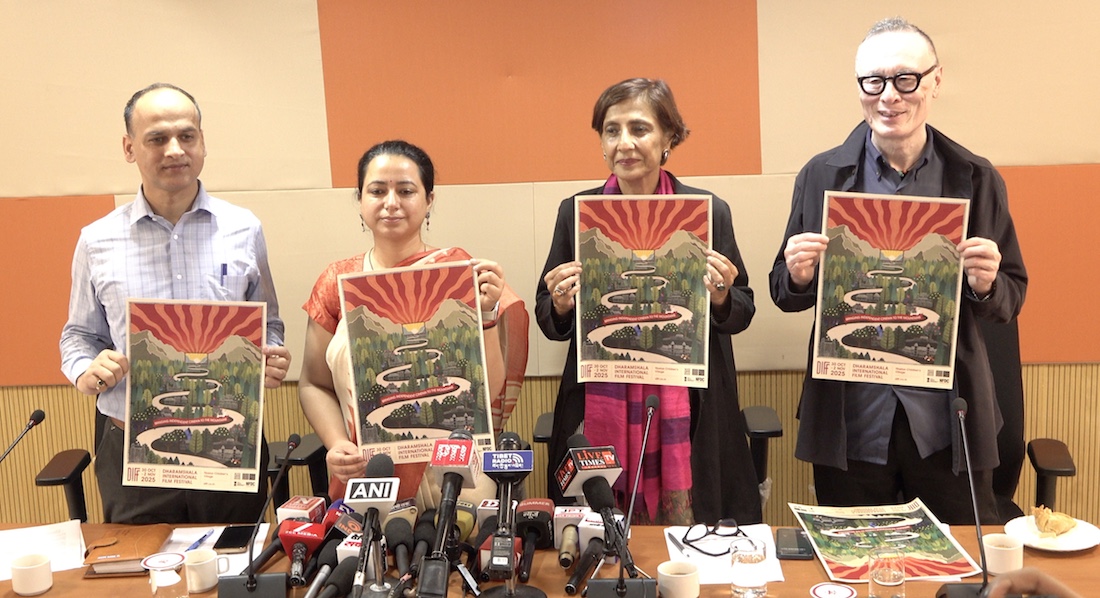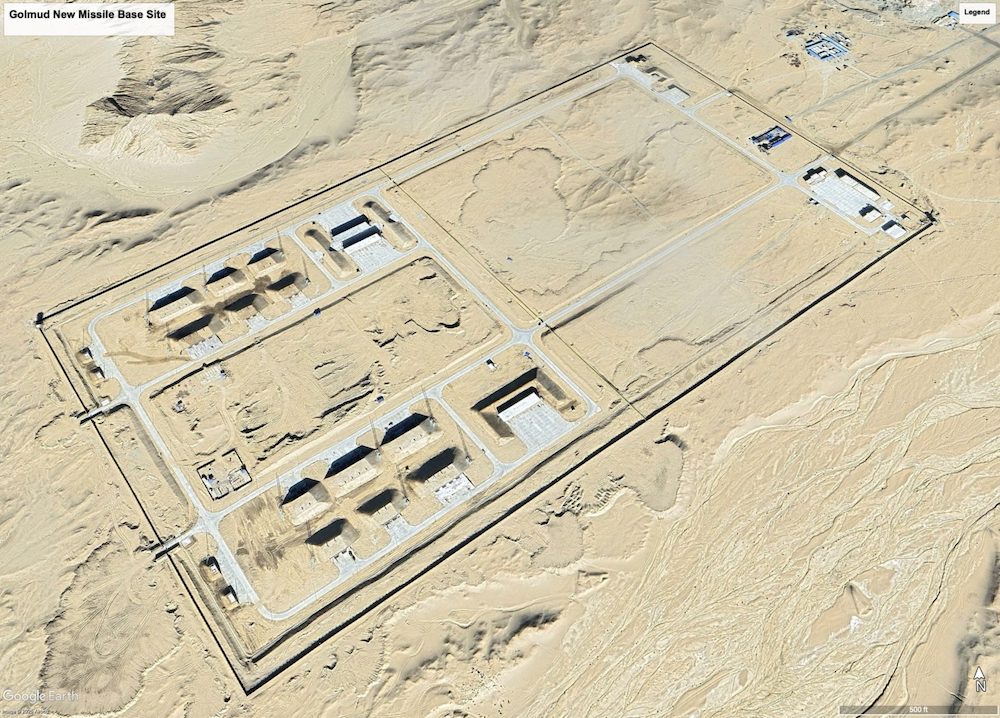TRIN-GYI-PHO-NYA: TIBET’S ENVIRONMENT AND DEVELOPMENT DIGEST
Vol. 2, No. 6
By Lu Jiaguo.
Translated by Dolkar Tenzing, and edited for space considerations.
[The Western Route Transfer Project, or simply “the Western Route,” is the most expensive and difficult route of the worlds longest and most ambitious water transfer project – South-North Water Diversion Project. The Western Route involves diverting waters from the headwaters of Drichu (Yangtze River) into Machu (Yellow River) through a number of large dams and a series of aqueducts and tunnels. Following is an abridged version of critical essay on the project. Researchers are advised to refer to the original Chinese article for more accurate information. Also refer to our last update on the project: www.tibetjustice.org/tringyiphonya/num7.html#bn]
In the last decade, Yellow River Conservancy Committee (YRCC) has studied water transfer plans from Tongtian (Ngagchu in Tibetan), Yalong (Thogthon Chuwo in Tibetan) and Dadu (Gyarong Ngulchu in Tibetan) rivers. In accordance with the initial study, the total direct water flow of the three rivers is estimated to be around 271 m3 and the maximum transferable water quantity from those three rivers is about 17 billion m3 – including 8 billion m3 from Tongtian River, 5 billion m3 from Ada of Yalong River, and 4 billion m3 from five water stations in Yalong river and Daduhe River.
WATER AVAILABILITY
The original plan of the Western Route of South-North Water Diversion Project (or simply “Western Route”. Brief project description available online at www.mwr.gov.cn/english1/20040827/39304.asp) overestimated the flow capacity of the three source rivers and did not look into the impact of seasonal changes of water flow. Water flow in these rivers declines significantly during the seven-month dry season, i.e., from November to May. According to the survey conducted by SNWD Research Team from China Academy of Science, during the seven-month dry season, the total water flow quantity of the three rivers only has 5.9 billion cubic meters (BCM). For a year, the total water flow quantity of the three rivers is 10.22 BCM. If we add water in the reservoirs and consider water usage by the population density in the downstream then, the total quantity of water actually transferable in the Western Route of South-North Water Diversion project is 10.36 BCM, which is far less than project plans [of 17 billion cubic meters]. In addition, these rivers have a high water flow fluctuations between dry and wet seasons, contributing further to the quantity of transferable water.
ENVIRONMENTAL IMPLICATIONS
The environmental condition around upper Yangtze River has been deteriorating due to excessive logging in the past two decades. Forest cover in western Sichuan area has decreased from 26% 50 years ago to 13.1%. At present, desertification and soil erosion has become serious problems in the area. According to the Vice Director of Qinghai Province, 67% of land area around upper Yangtze River has become desert. 90% of swamp has dried out. Many lakes and streams have stopped flowing. From 1970-1990, glaciers retreated 500 meters on the upper Yangtze river.The glacial ice on Upper Yalong river has shrunk by 200 to 400 meters and large areas around these areas are becoming desert. A total rangeland area of 3,800,000 hectares has been degraded. In the past ten years, the water flow of Totuo river (origin of Yantze river) has decreased by 20%. Similarly, Dadu River’s annual water flow capacity has decreased by 14% in the late 1990’s compared to the 1950’s.
The Western Route of South-North Water Diversion Project will worsen the deteriorating environmental conditions in the upper Yangtze River area, adversely affecting the regeneration capacity of the local ecosystems. If water diversion is actually implemented, it will destroy the threatened ecosystem forever and increase soil erosion and desertification in the area.
SEISMIC DANGERS
The Western Route passes through Hengduan Mountains, which is a very active seismic area. The proposed dams on Tongtian River and Yalong River are located on Xianshuihe fault zone. Eighteen-earthquakes happened in these areas from 1901-1971.
Yellow River Conservancy Commission (YRCC)’s report has pointed out the geological difficulties and dangers faced in construction of west route including the earthquake belt, but YRCC has not found any workable solution and measurements for this difficulty and danger. According to current plans, 508 kilometers of aqueducts and 490 kilometers of tunnels will be constructed above this earthquake belt. A total reservoir area of 397 square kilometers lie above the fault line.
COST BENEFIT ANALYSIS
The Yellow River is short of water but its water resources have not yet been properly utilized. Wastage of precious water is a common practice along the Yellow River. Experts calculate that around 9.3 to 10.9 billion cubic meters of water can be saved or better utilized if integrated water saving techniques were used in agriculture. The saved amount of water is almost equal to the total quantity of project’s transferable water. The investment for the agricultural integrated water saving technique if made, will be approximately around 37.2 billion yuan- 43.6 billion yuan, This will be equivalent to 6.6% of the total cost of the west route water transfer project. The agricultural integrated water saving techniques can be completed in about ten years whereas the west route construction will take about 30 -50 years. Therefore, the rationale behind the investment on west route water transfer construction is questionable.
LOSS OF POWER SUPPLY CAPACITY OF UPPER YANGTZE RIVER
The Western Route will significantly reduce annual water flow in the upper Yangtze River. This will cause frequent power supply shortages. Yalong River, for example, has a total direct annual water flow capacity of 51 BCM. It has a total installed capacity of 28.5 million watt and a capacity to produce 151.6 billion kilowatts electricity annually. The construction of the water transfer station in the Yalong river will result in a loss of 25 billion kw of power output. The percentage of loss is around 16.6. According to project plans, there are around 69 hydropower stations along the Yangtze River. These hydropower stations will have an installed capacity of 1.3 billion kilowatt and a capacity to produce 770 billion kilowatt hours of electricity annually. After the water transfer, 111 billion kilowatts of electricity output will be lost yearly. The percentage of loss is 14.5, which is equal to 133% of total annually electricity output of Three Gorges Project. If the market price for one unit is 0.25 yuan, then around 27 billion Chinese yuan is lost per year.
NEED FOR SCIENTIFIC AND DEMOCRATIC DECISION MAKING
The Western Route is a trans-provincial project involving residents’ rights of both rivers-Yellow as well as Yangtze. So far, only YCRR is involved in planning and exploration work of the project. Provincial governments and people along the two rivers have not been involved in the planning and decision making process. In the Western Route Water Transfer Committee meeting held on May 2002, out of the 70 participants there was only one person from Sichuan Province Water Bureau and one person from Yangtze River Conservancy Committee. It is improper to exclude stakeholders from the concerned provinces in the decision making process. The committee should include not only Central Government and YRCC, but also Yangtze River Conservancy Committee and all concerned provincial governments such as Qinghai, Gansu, Ningxia, Inner Mongolia, Shanzi, Henan, Sichuan, Yunnan, TAR, Chongqing and Hubei. Different ideas and criticisms should be allowed for discussion at the committee meetings. The Plan will be more scientific only after the consideration of all opposing opinions.
The Western Route water transfer project is planned to solve water shortage problem of Yellow River by diverting water from upper Yangtze River. In terms of feasibility, economic effectiveness and efficiency of the plan, there are still many unsolved problems. The project lacks scientific research and evaluation. Therefore, the plan for the Western Route needs thorough reevaluation before implementation.
(Source: www.chinariver.org/document/snwt1.pdf, www.chinariver.org/document/snwt2.pdf, www.chinariver.org/document/snwt3.pdf)









